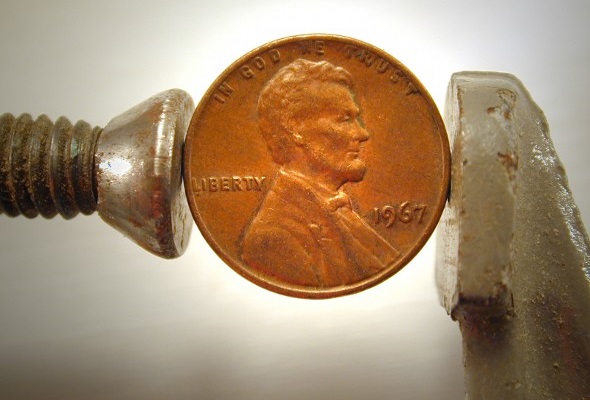
Thanks to their lower costs, exchange-traded funds (ETFs) are becoming a popular choice among investors. These funds, which track specific stock indexes or market sectors, look like any other mutual fund, but they trade like a stock. While there are certain advantages to ETFs, they’re not the best option for every investor. Here’s what you need to keep in mind before investing in ETFs through your 401(k).
Check out our investment calculator.
ETFs Offer Broad Market Exposure
Because exchange-traded funds track large indexes, they make it possible to invest in different segments of the market without having to purchase individual stocks. For example, if you’re investing in an ETF that tracks the S&P 500, you’re effectively buying and holding shares in all 500 companies that make up the index. If you need to inject some diversity into your 401(k)’s asset allocation, investing in an exchange-traded fund is a relatively easy way to do that.
The Cost to Investors May Be Lower

Fees can take a bite out of your returns, particularly if you’re investing in actively managed funds. Luckily, ETFs can be passively managed so that there are fewer overhead costs. Also, ETFs tend to have low turnover rates compared to mutual funds. That reduces the number of taxable gains you’re likely to experience.
If your current 401(k) portfolio is filled with high-cost investments, trading one or two of them out for an exchange-traded fund could help your savings grow faster. There is a potential downside, however, since earnings are taxed as ordinary income once you begin making qualified withdrawals from the plan. If you’re investing in ETFs just to dodge the short-term capital gains tax, you may not save much in the long run.
One other thing to keep in mind is that you may have to pay a commission fee each time you buy and sell ETFs. Discount brokers might charge between $5 and $10, but full-service brokers often charge fees that are much higher. If your 401(k) plan doesn’t offer commission-free trading, dealing with ETFs could get very expensive very quickly.
They May Be More Volatile Than Other Securities
While no investment is risk-free, exchange-traded funds may expose you to more risk than you’d like in a tax-deferred retirement account. For example, if you’re investing in an ETF that’s associated with a specific sector such as nanotechnology or energy, there’s less room to spread the risk around than if you were investing in an ETF that tracks a larger index.
Unlike index funds, ETF prices can change over the course of a trading day. While the returns can be higher, the odds of losing money are also greater. Because some ETFs are more illiquid than others, moving away from a dud can be difficult. As a result, a low-performing ETF could drag down your entire 401(k) portfolio.
Should You Pull the Trigger?

Before adding ETFs to your 401(k), it’s a good idea to take the time to review the fees and assess how having ETFs in your retirement account might affect your tax situation later down the line. If you expect to be in a higher tax bracket when you retire, for example, it might make more sense to include ETFs in a Roth IRA instead. Running the numbers and weighing the costs against expected returns can help you make the right decision.
Tips for Getting Retirement Ready
- Figure out how much you’ll need to save to retire comfortably. An easy way to get ahead on saving for retirement is by taking advantage of employer 401(k) matching.
- Work with a financial advisor. According to industry experts, people who work with a financial advisor are twice as likely to be on track to meet their retirement goals. A matching tool like SmartAsset’s can help you find a person to work with to meet your needs. First you’ll answer a series of questions about your situation and goals. Then the program will narrow down your options to up to three suitable advisors in your area. You can then read their profiles to learn more about them, interview them on the phone or in person and choose who to work with in the future. This allows you to find a good fit while the program does much of the hard work for you.
Photo credit: ©iStock.com/themacx, ©iStock.com/Hogie, ©iStock.com/SIphotography